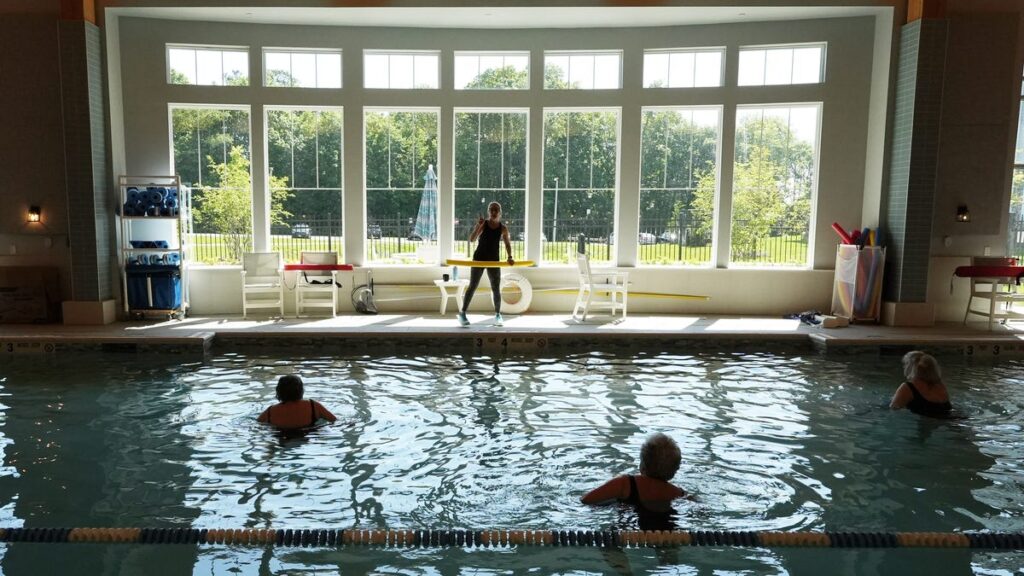Watch a video about Broadview Senior Living at Purchase College
A look at Broadview Senior Living at Purchase College on June 3, 2025, in Purchase. [Tania Savayan / lohud]
- A growing senior population is creating a housing crunch, especially in the face of economic disparities.
- Many seniors prefer to age in place, necessitating support services and home modifications.
Everyone ages, but not everyone can afford to enjoy a healthy, fulfilling life in their later years.
In our region, a stark wealth gap paints very different pictures of life for seniors. Some have the freedom to learn new skills, indulge in hobbies or live in resort-like residences — a subject I just reported and wrote about. Others are forced to count every penny to keep up with bills or even face the threat of homelessness.
As the aging population continues to grow, government officials and community leaders are scrambling to manage this unprecedented demographic shift. One key solution they are focusing on is expanding housing, not only to provide more options for older adults, but to encourage turnover in the housing market, freeing up homes for younger generations.
However, progress has been trickling — hampered by restrictive zoning laws, lengthy planning processes, high construction costs and ongoing economic uncertainty.
For some seniors — even those not limited by finances — there’s a strong preference to age in place, surrounded by the comfort and familiarity of their own homes.
Officials, developers of senior housing and others say the priority should be supporting seniors in living healthy, active lives through a holistic system that includes accessible healthcare, enrichment opportunities and social engagement programs.
They want to promote a positive attitude toward aging — honoring the wisdom and experience that seniors have accumulated over a lifetime.
This challenge is not confined to this region or the country.
People around the world are living longer and the number of people aged 80 and older is expected to triple between 2020 and 2050.
What many in the U.S. are doing aligns with solutions already adopted in parts of Europe or Asia. It includes helping seniors remain in their homes through modifications, building accessible, senior-friendly housing options, offering subsidized housing, and integrating healthcare and social services into housing developments.
The goal is clear: to make longevity meaningful.
Helu Wang covers economic growth and real estate for The Journal News/lohud and USA Today Network. Reach her at hwang@gannett.com.

